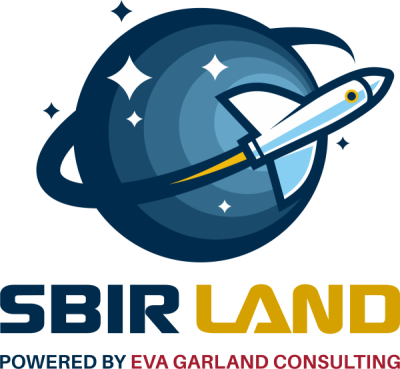One of the first steps in your Phase I SBIR/STTR journey is to decide what your small business would like to accomplish over the course of the project. It is important that your scope of work is appropriately tailored for a Phase I submission. If the proposed work is overly ambitious, reviewers may doubt your team’s ability to deliver what you’ve promised. If the proposed work is too narrow, you may have difficulty justifying the requested budget or conveying the work’s significance. Here are a few tips to ensure an appropriate scope of work for your Phase I SBIR/STTR proposal:
- Align your project with the granting agency’s interests. Many agencies, such as DoD, DoE, and NASA, provide very specific guidelines for the technology they are looking to fund and the milestones that must be achieved in Phase I. In these cases, your scope of work must meet the exact specifications stated by the agency in order for your proposal to be competitive. For other agencies, such as NIH and NSF, the topic areas of interest are more broad. In these cases, your product must solve a clear societal need that is of interest to the agency. In developing your proposal, remember that the goal of the SBIR/STTR program is specifically to support product development, not to expand on existing knowledge in the field, as you would do for an academic grant.
- Propose studies that are in the “sweet spot” of the R&D lifecycle. It is important that your product development is far enough along that you have some preliminary indication of feasibility, but not so far along that the development has been fully de-risked. One way of thinking about a SBIR/STTR project is that Phase I represents the “R” (research) component and Phase II represents the “D” (development) component of your R&D. The objective of Phase I is to sufficiently address all major technical risks, so that you are competitive for the larger Phase II funding that will support your development phase. Depending on your product, Phase I may involve building and testing a benchtop prototype, establishing preclinical efficacy in vivo, or other studies that validate that your innovation can be successfully advanced to commercialization.
- Consider the maximum budget. You’ll want to ensure that your milestones can be accomplished within the limits of the maximum allowable budget. Budgets vary across agencies and institutes, so be sure to check your funding opportunity announcement (FOA) for the relevant budget cap. Budget waivers are available in some cases (check your FOA for details), which can allow for even more funds to meet your objectives.
- Consider the project timeline. Bear in mind that SBIR/STTR projects generally have a timeline of 6 – 12 months. Can you realistically accomplish your milestones within that timeframe? Make sure to allow time for data analysis and interpretation, especially if each aim builds on the next.
- Set the stage for Phase II. Part of establishing an appropriate Phase I scope of work is having a clear picture of what your company will accomplish in Phase II. Phase II awards provide substantially more funding (over $1M dollars, depending on the agency) and allow a 24-month project period. Phase I is an opportunity for you to demonstrate to the government that your technology is viable and that your small business is deserving of additional investment. As such, your Phase I proposal should indicate to reviewers that you have a clear plan for how your Phase I objectives will enable additional research & development in Phase II to bring your technology closer to market. Clarifying your goals for Phase II can also help curb the impulse to include too many objectives in your Phase I proposal.
A thoughtfully-planned scope of work is a critical first step in crafting a strong Phase I SBIR/STTR proposal and signaling to reviewers that your small business can successfully execute the work and accomplish the key milestones needed to move your technology along the path toward commercialization.
